Research projects
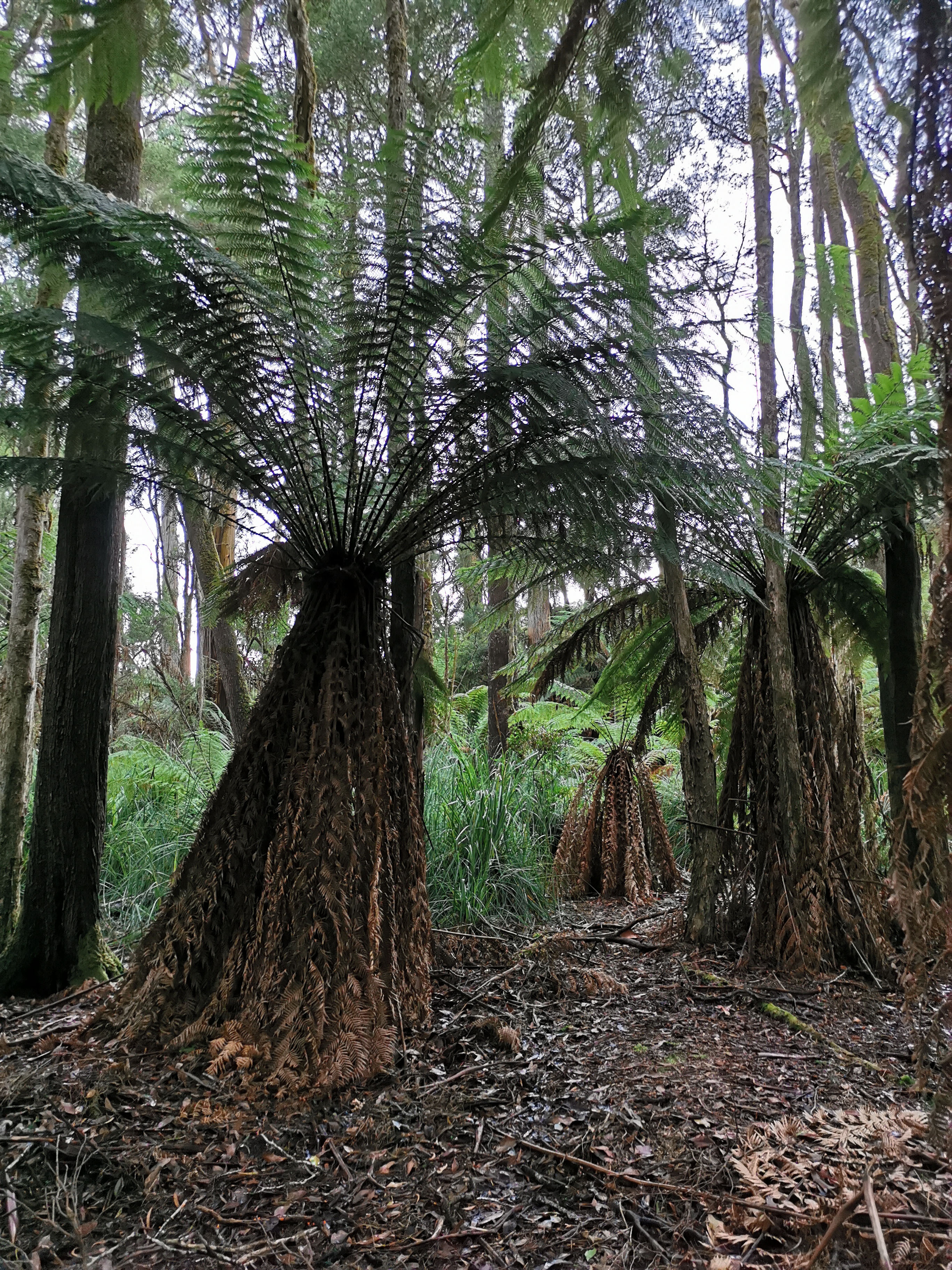
2023 | Late pleistocene and early holocene aeolian deposits of Tasmania
Late Pleistocene and Early Holocene aeolian deposits in Tasmania are extensive in the present subhumid climate zone but also occur in areas receiving >1000 mm of rain annually. Thermoluminescence, optically stimulated luminescence, and radiocarbon ages indicate that most of the deposits formed during periods of cold climate. Some dunes are remnants of longitudinal desert dunes sourced from now-inundated continental shelves which were previously semi-arid. In this project, we are investigating ancient sand dunes in the Christmas Hills region of northwestern Tasmania. This is a continuation of a project from 2020 where samples from southeastern Tasmania were investigated using a similar technique – thermally-transferred OSL (TT-OSL). The collected material is currently being prepared at the University of the Fraser Valley and will be analyzed using multigrain OSL in collaboration with Dr. Christina Neudorf ( former postdoctoral fellow).
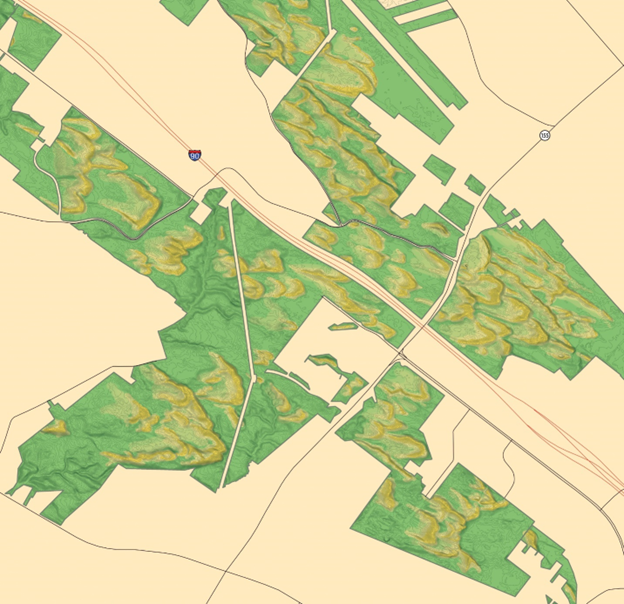
2023 | Origin and holocene activity of the Albany Pine Bush Preserve dune
The Albany Pine Bush Preserve (APBP) is a United States National Natural Landmark, located in the state of New York. The preserve includes one of the most extensive inland sand dune areas in eastern New York and is one of the best remaining examples of globally-rare inland pitch pine-scrub oak barrens adapted to dry conditions and frequent fires. The APBP is also one of only a handful of post-glacial dune fields located in northeastern United States and southeastern Canada northward of the Last Glacial Maximum – few of which have been dated or studied in detail. The preservation status and ecological significance of the APBP makes it an ideal candidate for more detailed study to understand past eolian activity and dune formation in a post-glacial environment. We applied optical dating to sediment samples from the sand dunes to constrain the timing of stabilization of the dune and the change in environmental conditions when the LIS retreated northward.
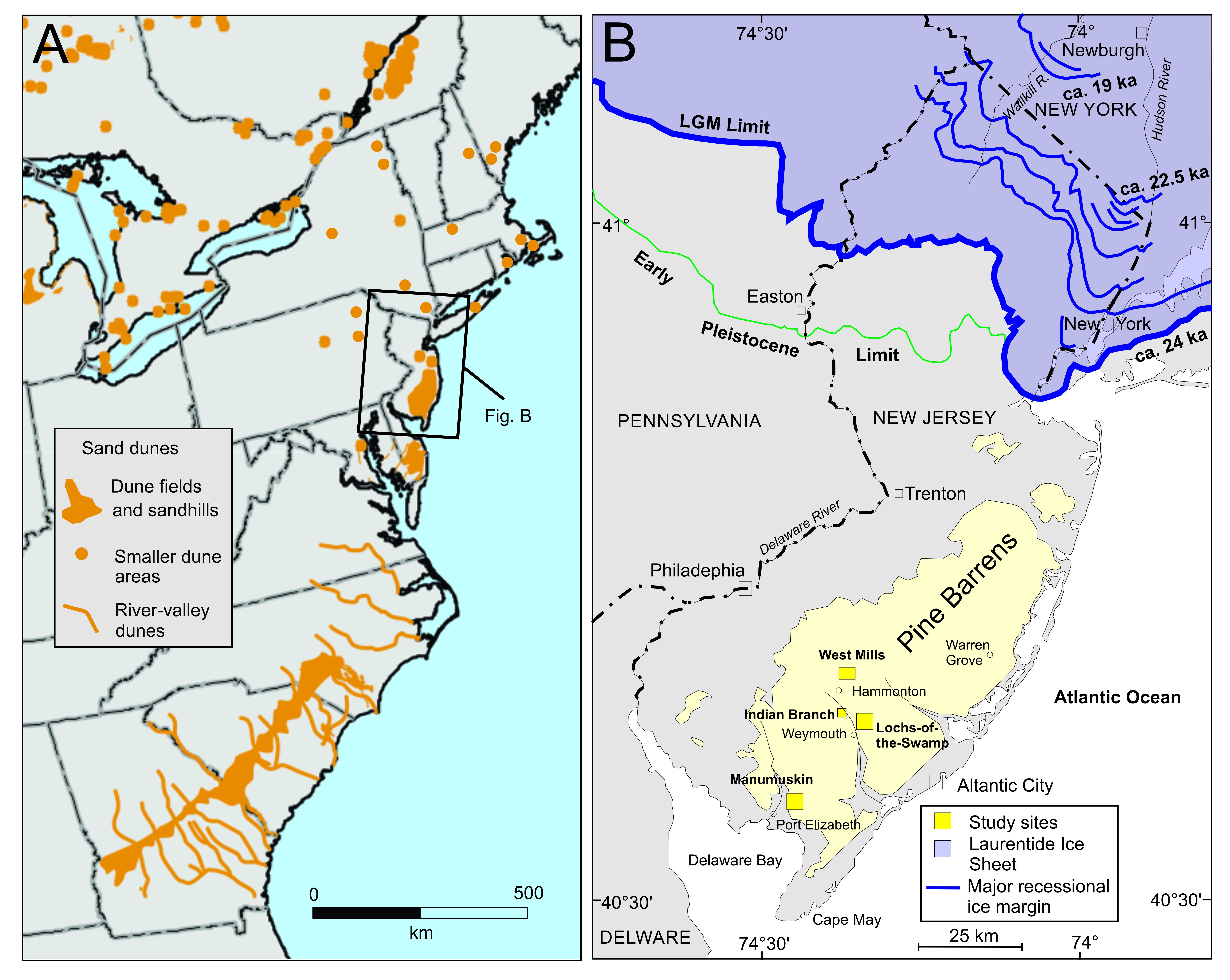
2022 | Late Quaternary eolian dune-field mobilization and stabilization near the Laurentide Ice Sheet limit
The Laurentide ice sheet (LIS) repeatedly waxed and waned over the North American continent during the Quaternary period. Its existence had a profound effect on the local terrestrial environment, and on global sea level and climate. Evidence of the presence and extent of the LIS is preserved in the depositional record. In places, this depositional record contains nonglacial sediments buried beneath glacial sediments. Ascertaining the timing of these nonglacial periods is difficult as organic material found within the sediments is commonly near or beyond the ~50 ka limit of radiocarbon dating, poorly preserved, or suspected of contamination. Optical dating of quartz, which can be used to date the burial time of sediments, provides an alternate geochronological method and its upper age limit is usually about 150 ka. We are applying this dating method to several key stratigraphic beds in the Hudson Bay Lowland region of northeastern Manitoba and will compare our optical dating results with information inferred from stratigraphic and paleoenvironmental records reconstructed by collaborating researcher at the Manitoba Geological Survey. In addition, we are characterizing the luminescence characteristics of quartz from this region to better understand the unique behaviour of these sediments.
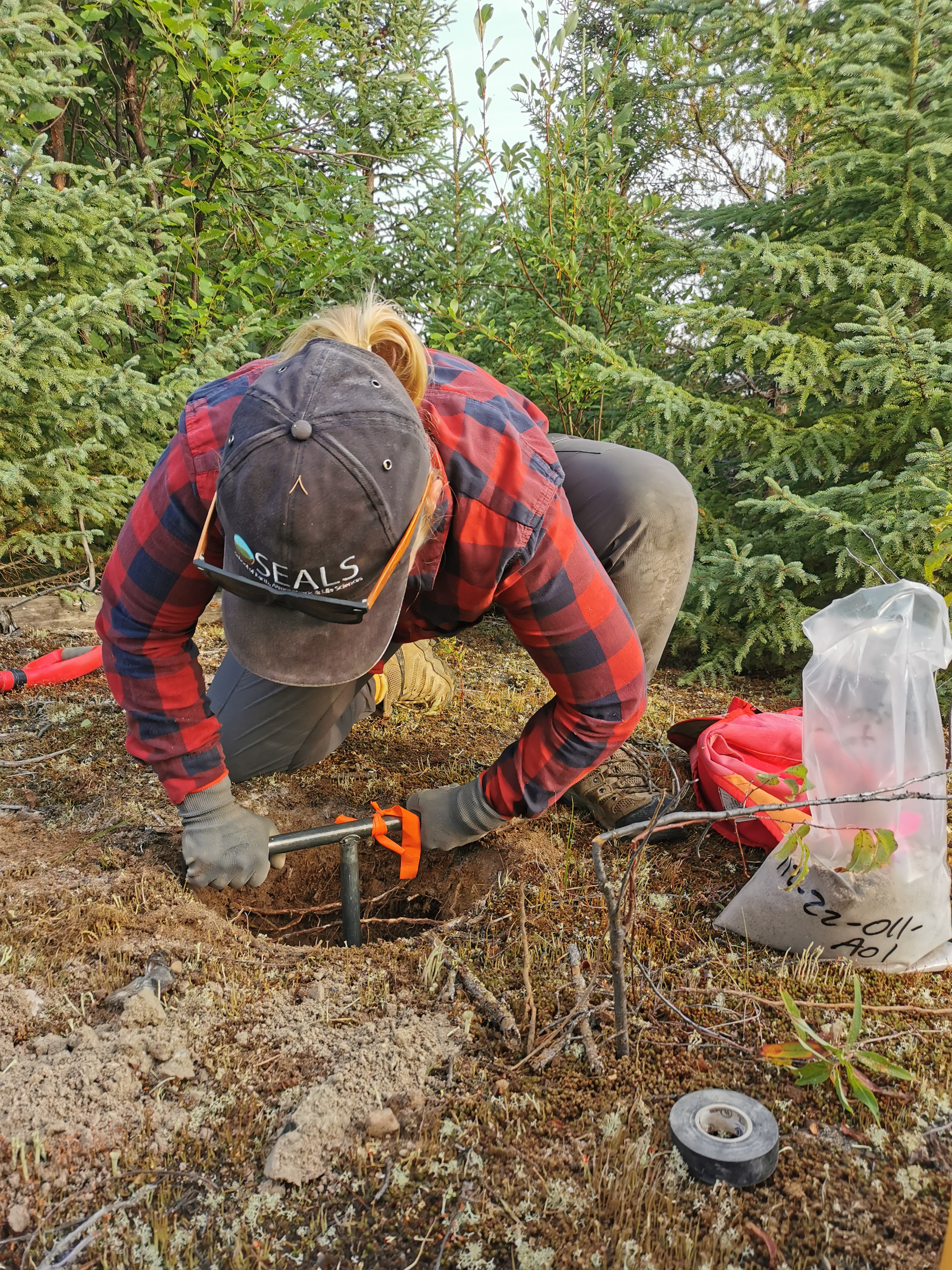
2020 | Assessing the timing of the extent of the Laurentide Ice Sheet using optical dating of quartz
The Laurentide ice sheet (LIS) repeatedly waxed and waned over the North American continent during the Quaternary period. Its existence had a profound effect on the local terrestrial environment, and on global sea level and climate. Evidence of the presence and extent of the LIS is preserved in the depositional record. In places, this depositional record contains nonglacial sediments buried beneath glacial sediments. Ascertaining the timing of these nonglacial periods is difficult as organic material found within the sediments is commonly near or beyond the ~50 ka limit of radiocarbon dating, poorly preserved, or suspected of contamination. Optical dating of quartz, which can be used to date the burial time of sediments, provides an alternate geochronological method and its upper age limit is usually about 150 ka. We are applying this dating method to several key stratigraphic beds in the Hudson Bay Lowland region of northeastern Manitoba and will compare our optical dating results with information inferred from stratigraphic and paleoenvironmental records reconstructed by collaborating researcher at the Manitoba Geological Survey. In addition, we are characterizing the luminescence characteristics of quartz from this region to better understand the unique behaviour of these sediments.
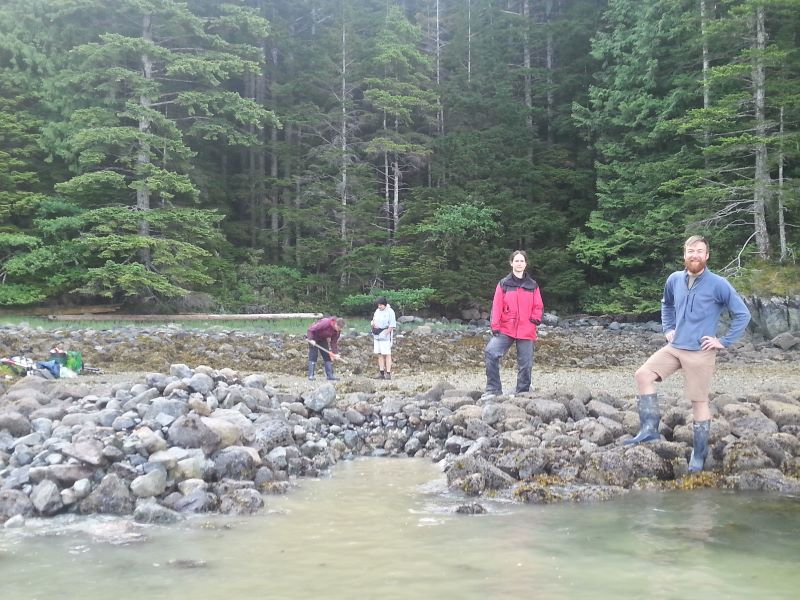
2020 | Clam gardens
Optical dating revealed that the three clam garden sites tested on northern Quadra Island were between 1,000 and 1,700 years old. Christina Neudorf, a post-doctoral researcher and Hakai scholar, and her colleagues from the University of the Fraser Valley and Simon Fraser University published these results in a new study in the journal PLOS ONE.
Read more
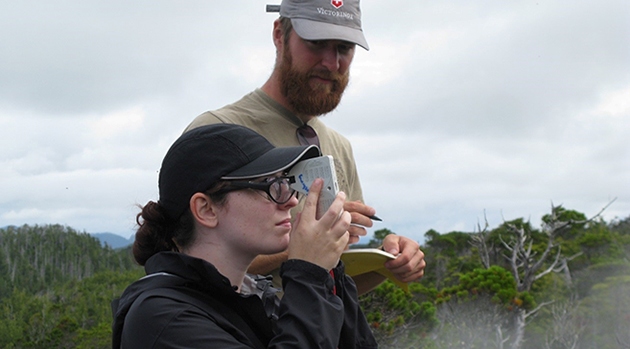
2018 | Central BC coast may have been a viable migration route to Americas, new research shows
Was there a prehistoric superhighway used by ancient peoples to migrate south from North-east Russia to the Americas? And if so, where was it?
Read the story
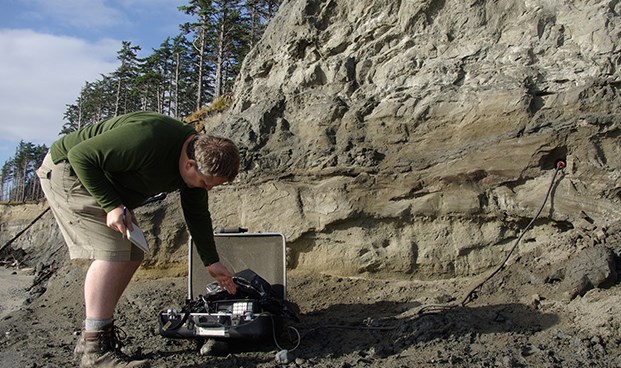
2015 | UFV earth scientist researches ice age oasis on Haida Gwaii
"For Dr. Olav Lian and his team of student researchers it’s all about the details. Teeny, tiny, minuscule details — grains of sand in this case — that lead to big discoveries. Lian is an earth scientist in…"
Learn more
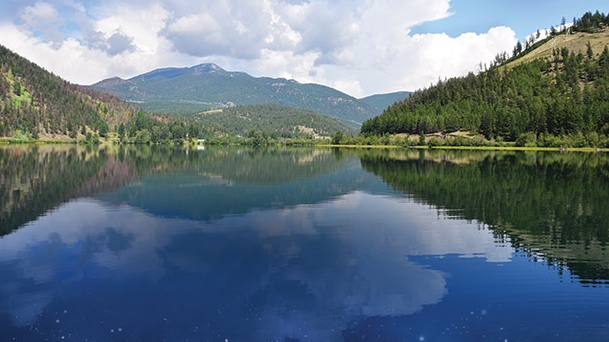
2013 | UFV + NASA. Looking for signs of life.
"Working with NASA (National Aeronautics and Space Administration) is a dream for most scientists. And it’s something a group of UFV students were able to experience during a summer research trip to south central B.C. last summer.
The group spent two days at Kelly Lake (near Clinton) in..."
Read the story
